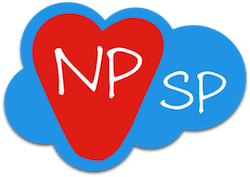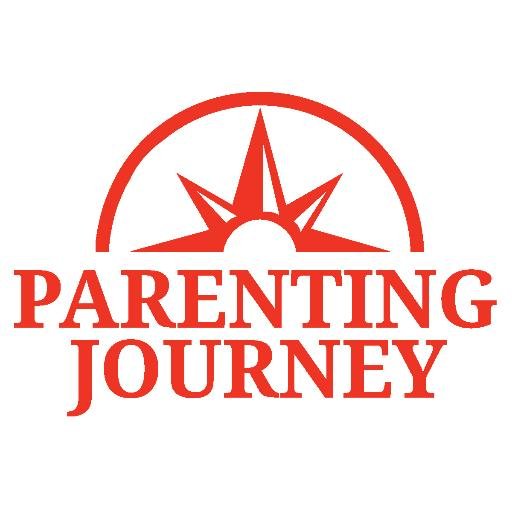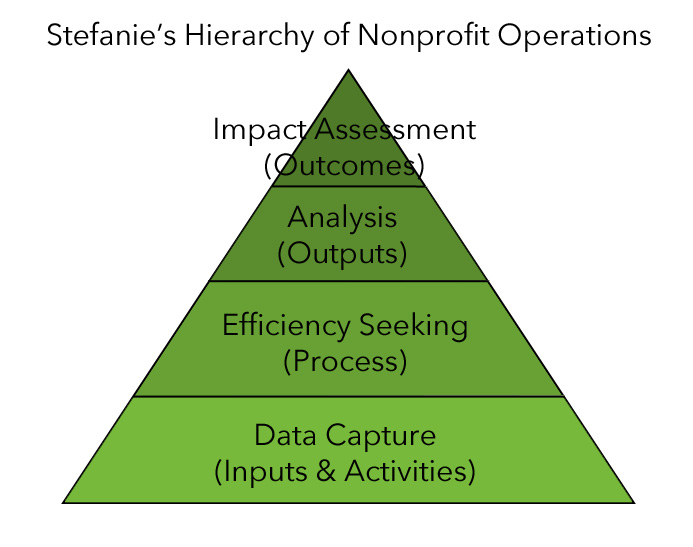



The case management functions of Salesforce are a hidden gem. These functions make any case manager’s work easier, more efficient and certainly more effective. The case management function offers a one-stop ability to track a client’s entire interaction with the organization. It is used for recording interactions between case management staff and program participants. Nonprofits that operate call centers, drop in centers, shelters, and client services use this convenient tool for tracking client engagement and progress throughout the lifetime of the client’s interaction with the organization.

We recently spoke with one of our clients, Parenting Journey, to find out how Salesforce and 501Partners have served as a winning solution for their needs. Parenting Journey is a Somerville, MA-based non-profit with the mission of “helping parents build stronger families by developing the inner strengths, life skills, and networks of resources they need to succeed.” They have been a 501Partners client for the past eight months and aspects of the project have ranged from data migration to customized reporting.

Have you asked yourself: How should we think about operational improvements in our organization, given that there are so many moving parts? Over the next 3 weeks I’ll be looking at how to capture and assess data, implement operational improvements to help your project succeed and, perhaps most importantly, I’ll wrap up with how to engage your internal stakeholders to keep your project on track.
My colleague Stefanie Archer came up with the Hierarchy of Nonprofit Operations as a result of our work with a wide range of NPOs. Riffing on Maslow’s Hierarchy, Stefanie’s Hierarchy argues that nonprofits – indeed, all organizations – go through the same progression with their operational practices. This post presents three different ways to read this model and interpret it when considering any systems improvement activity.
Recent Comments